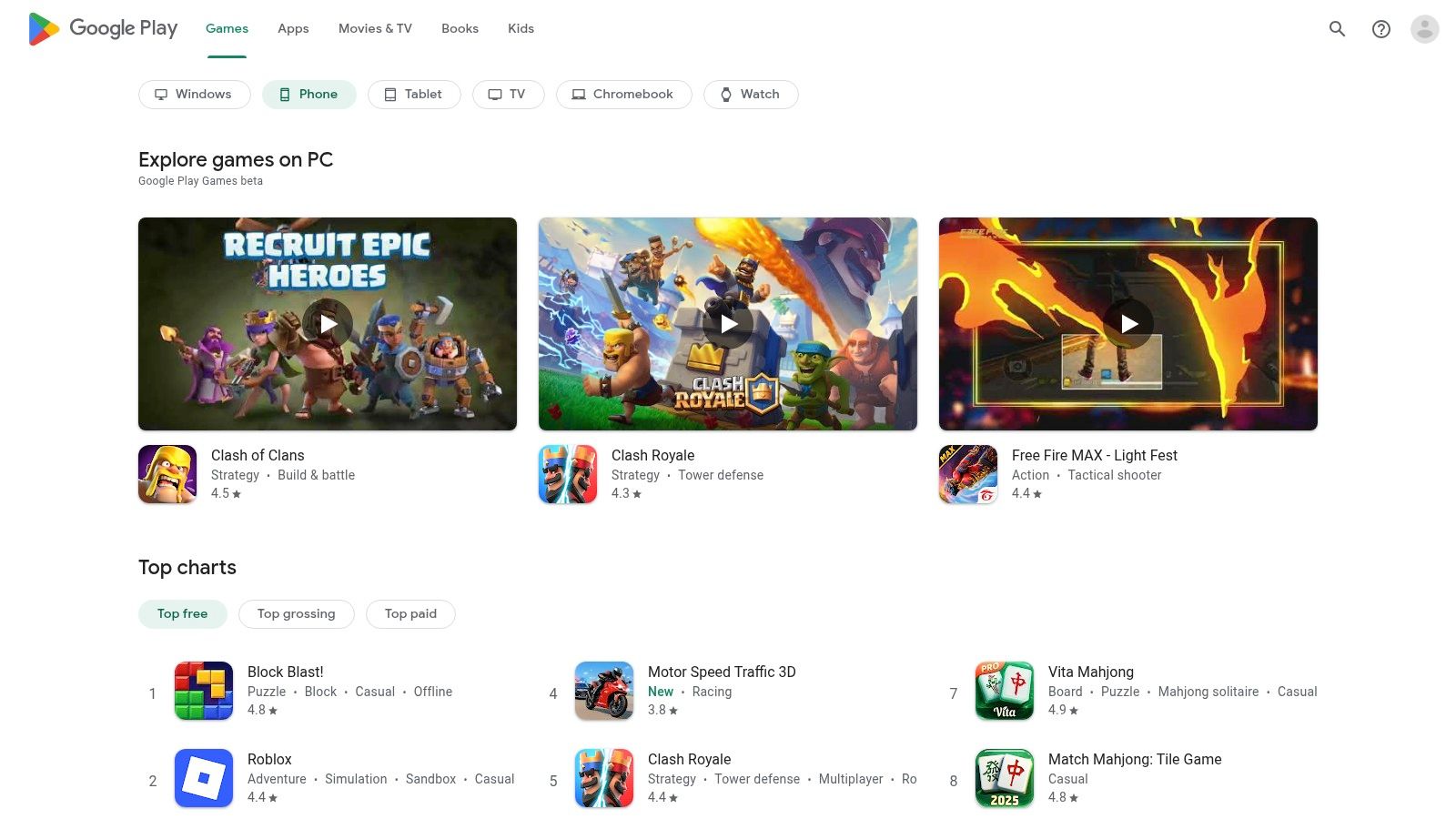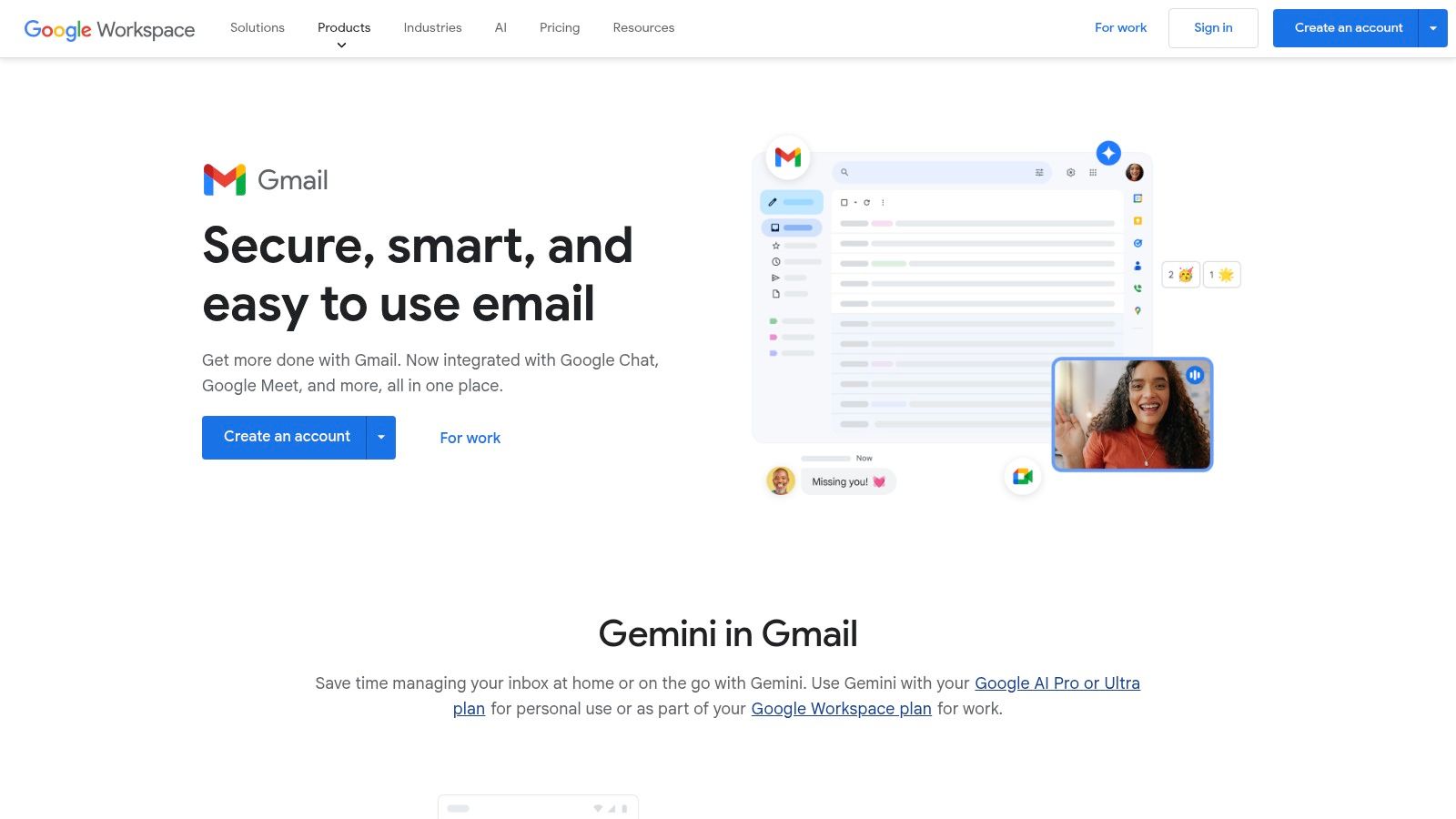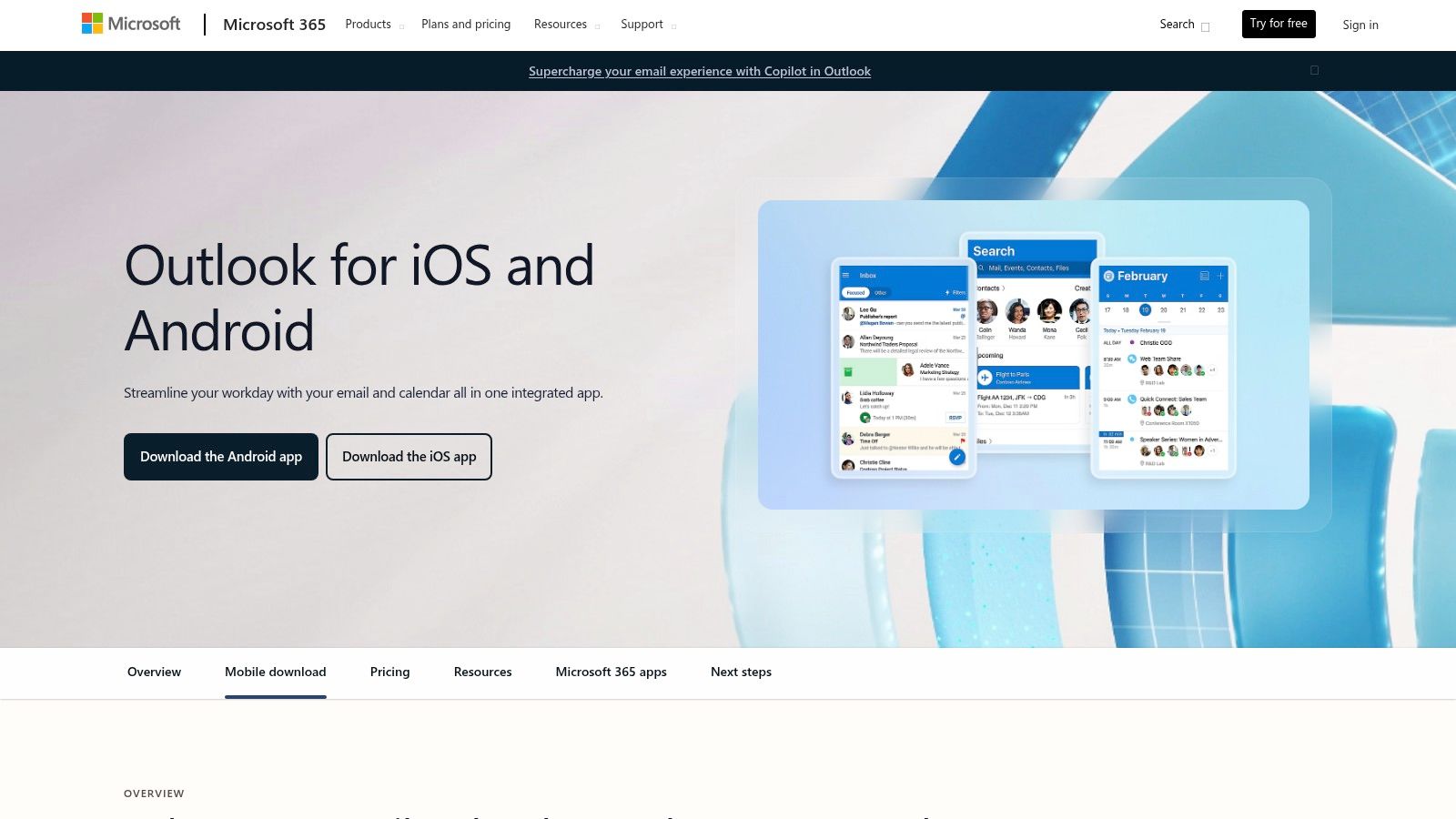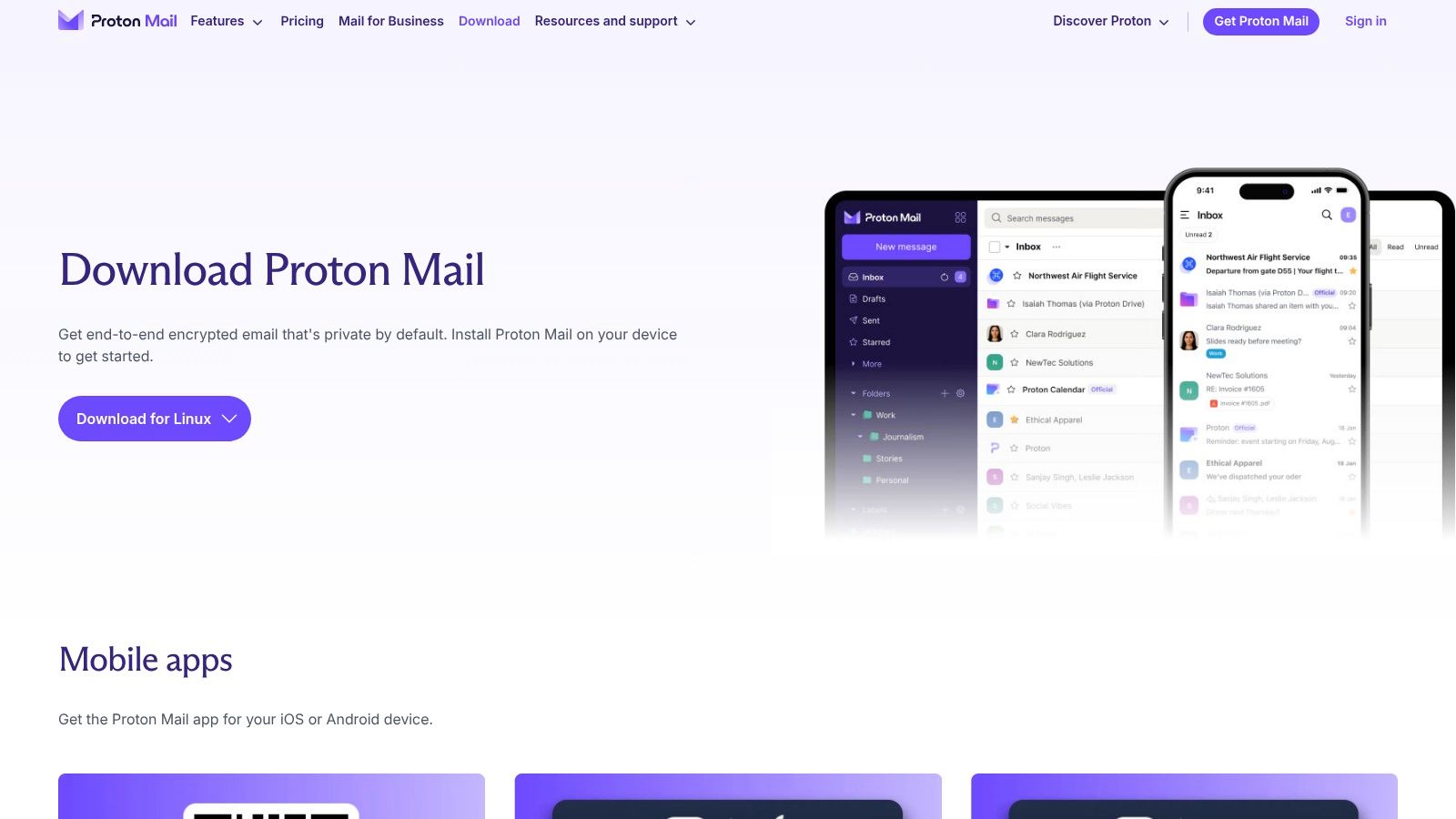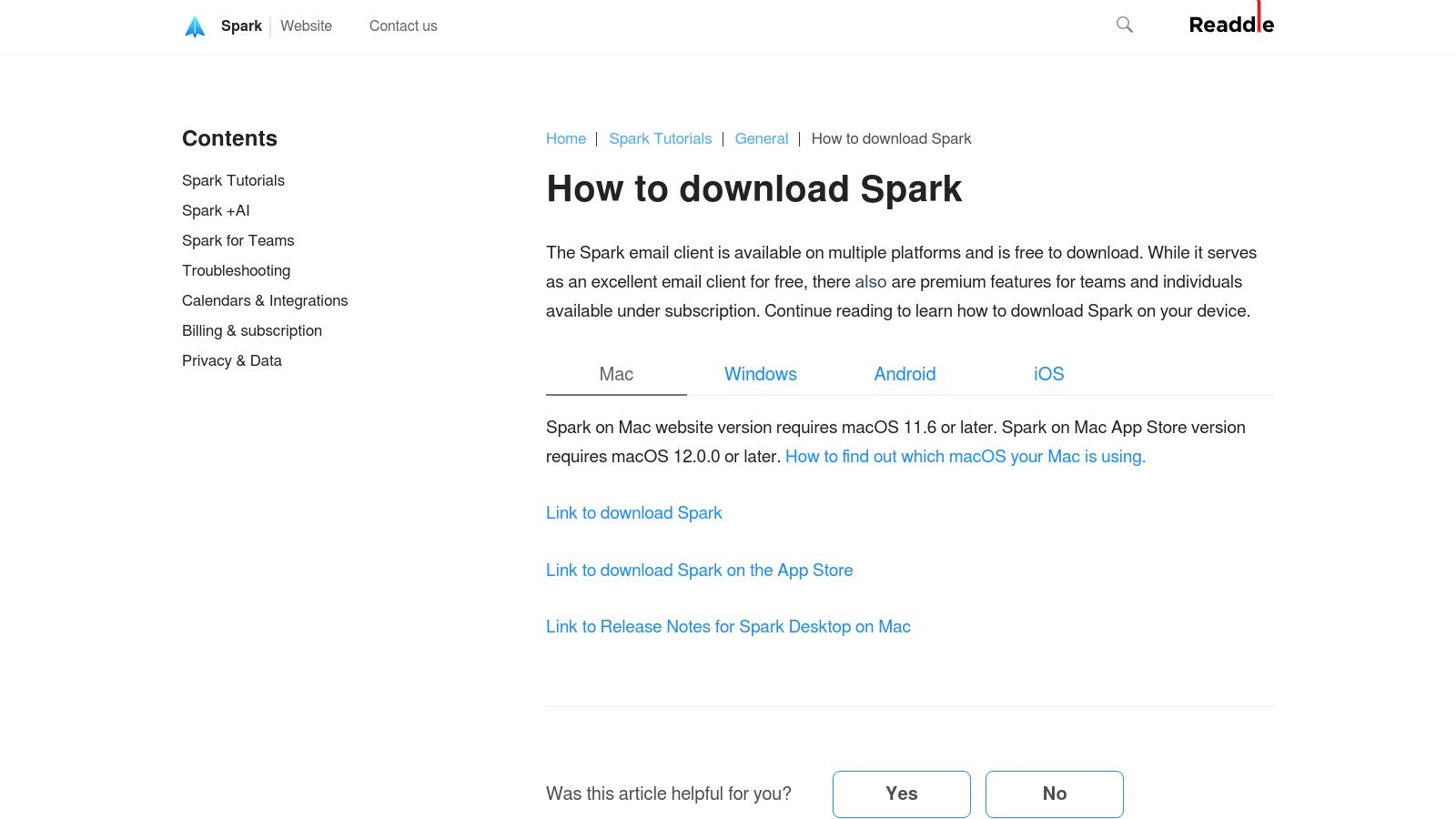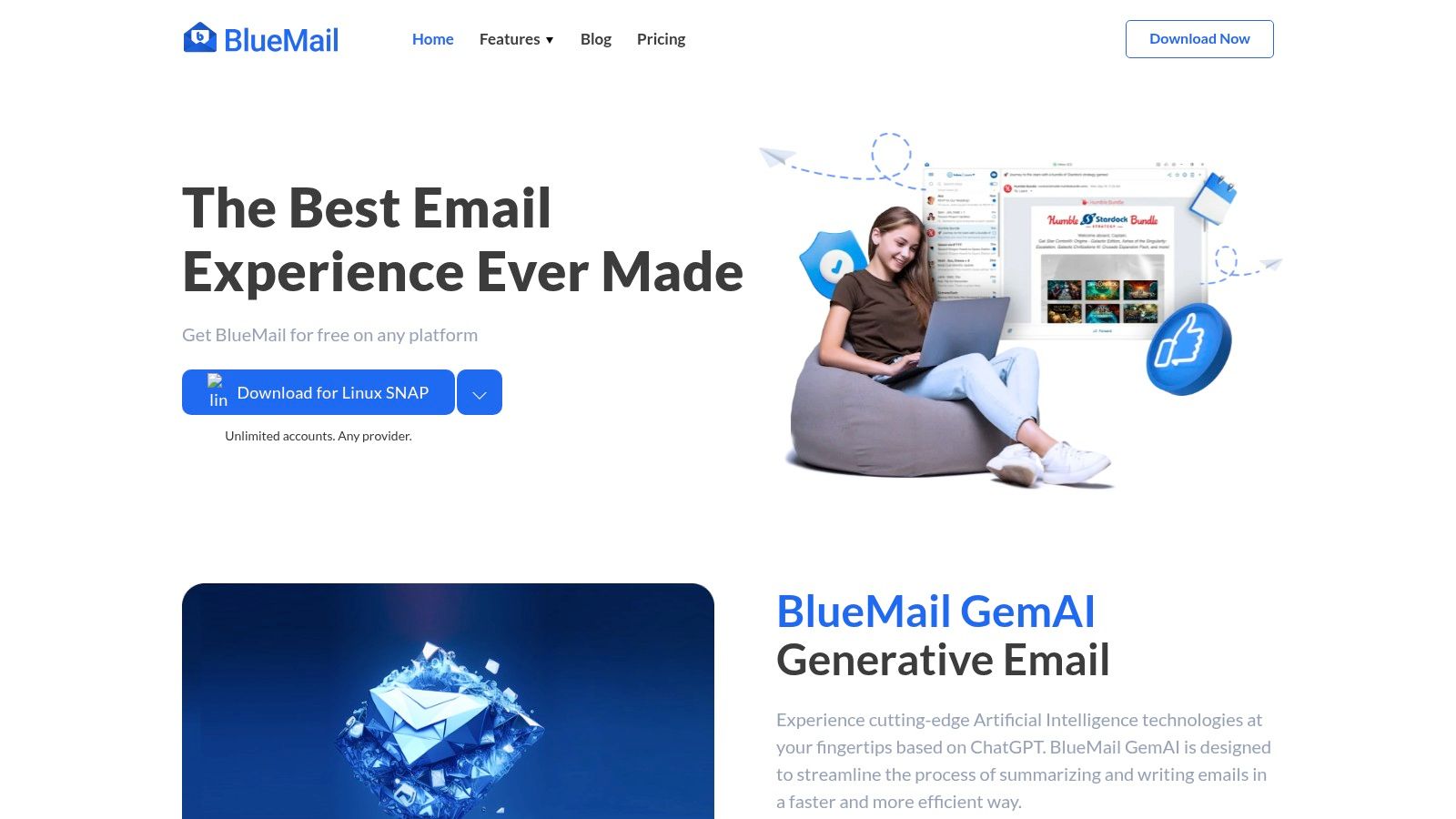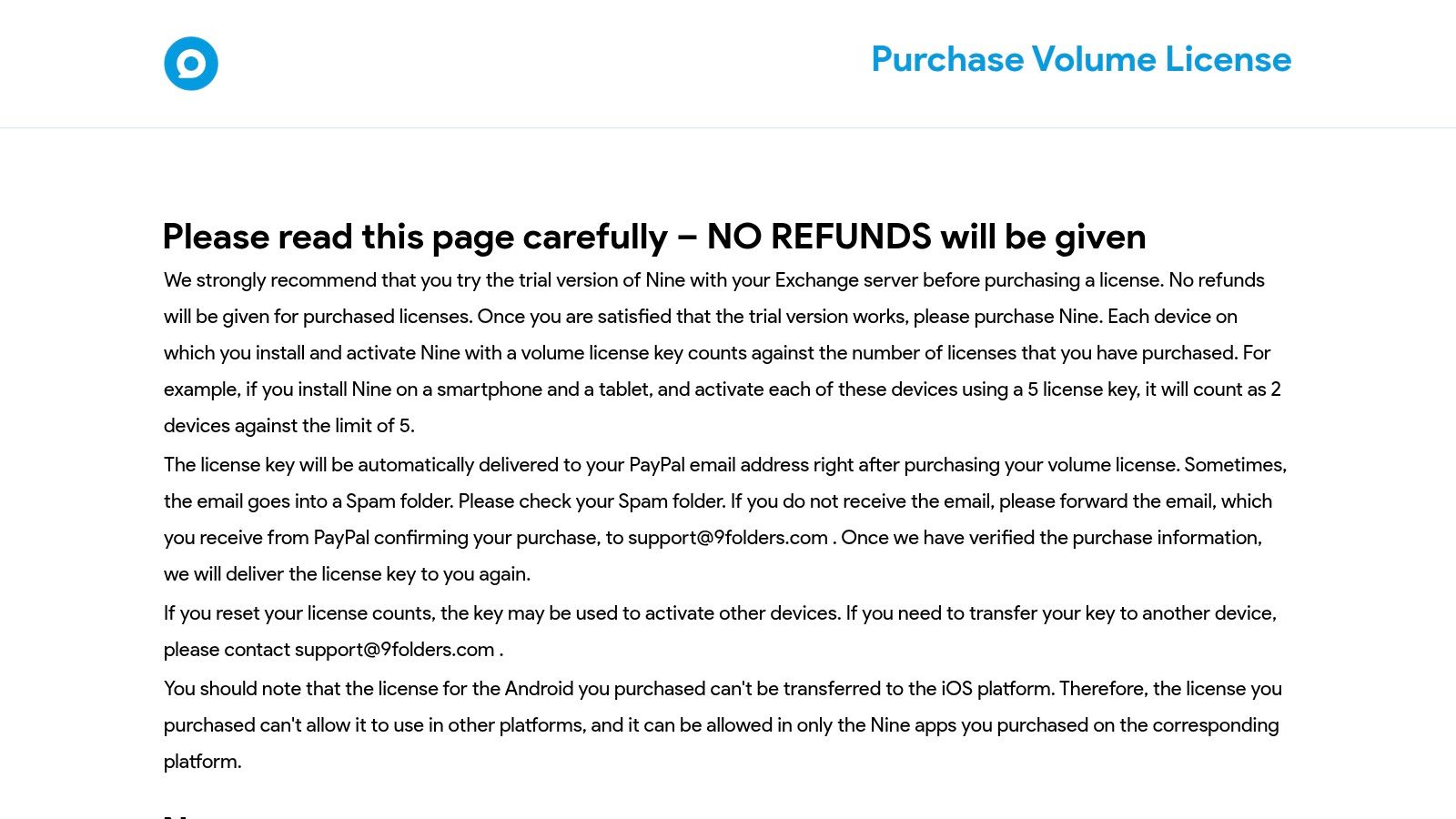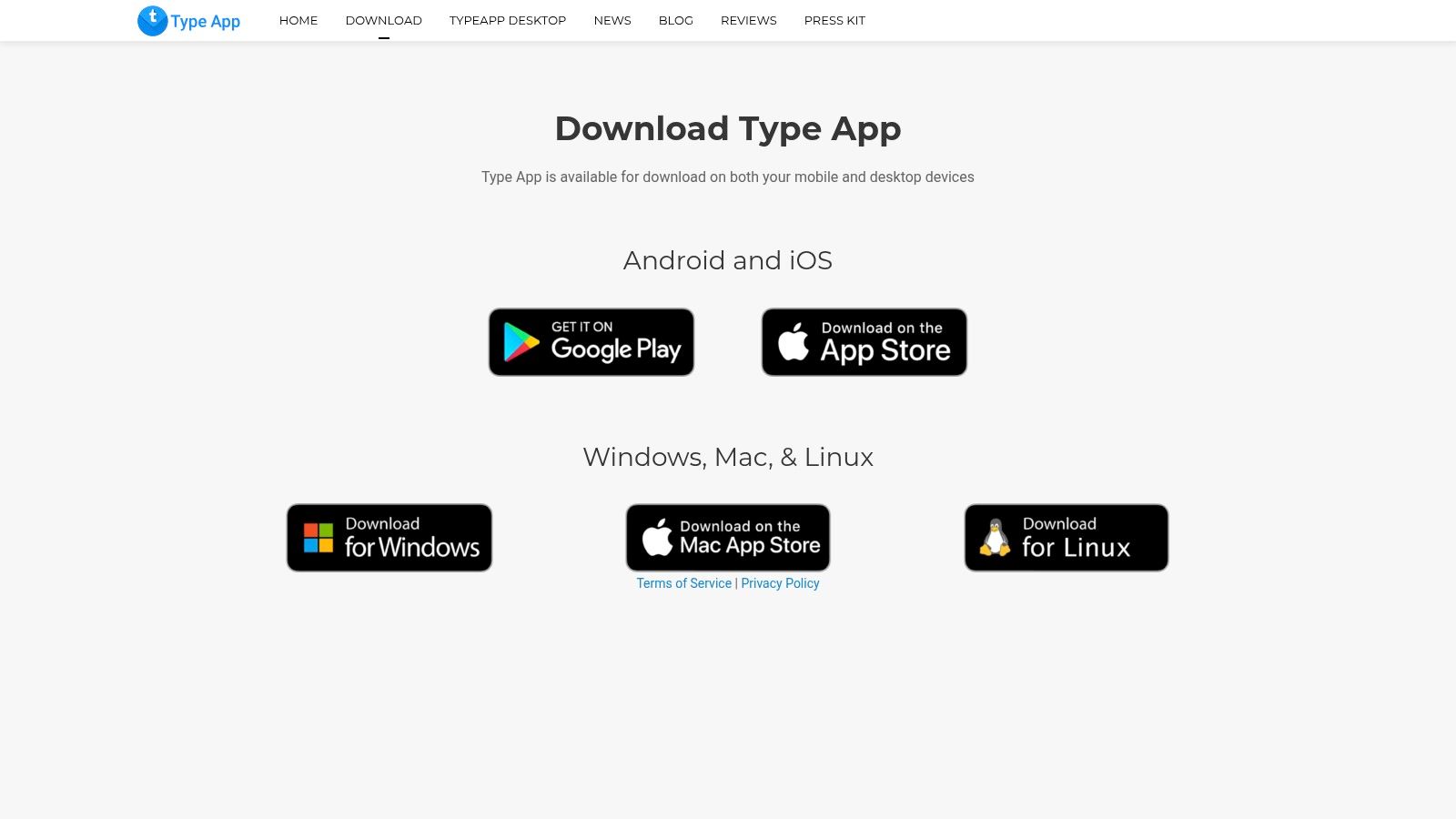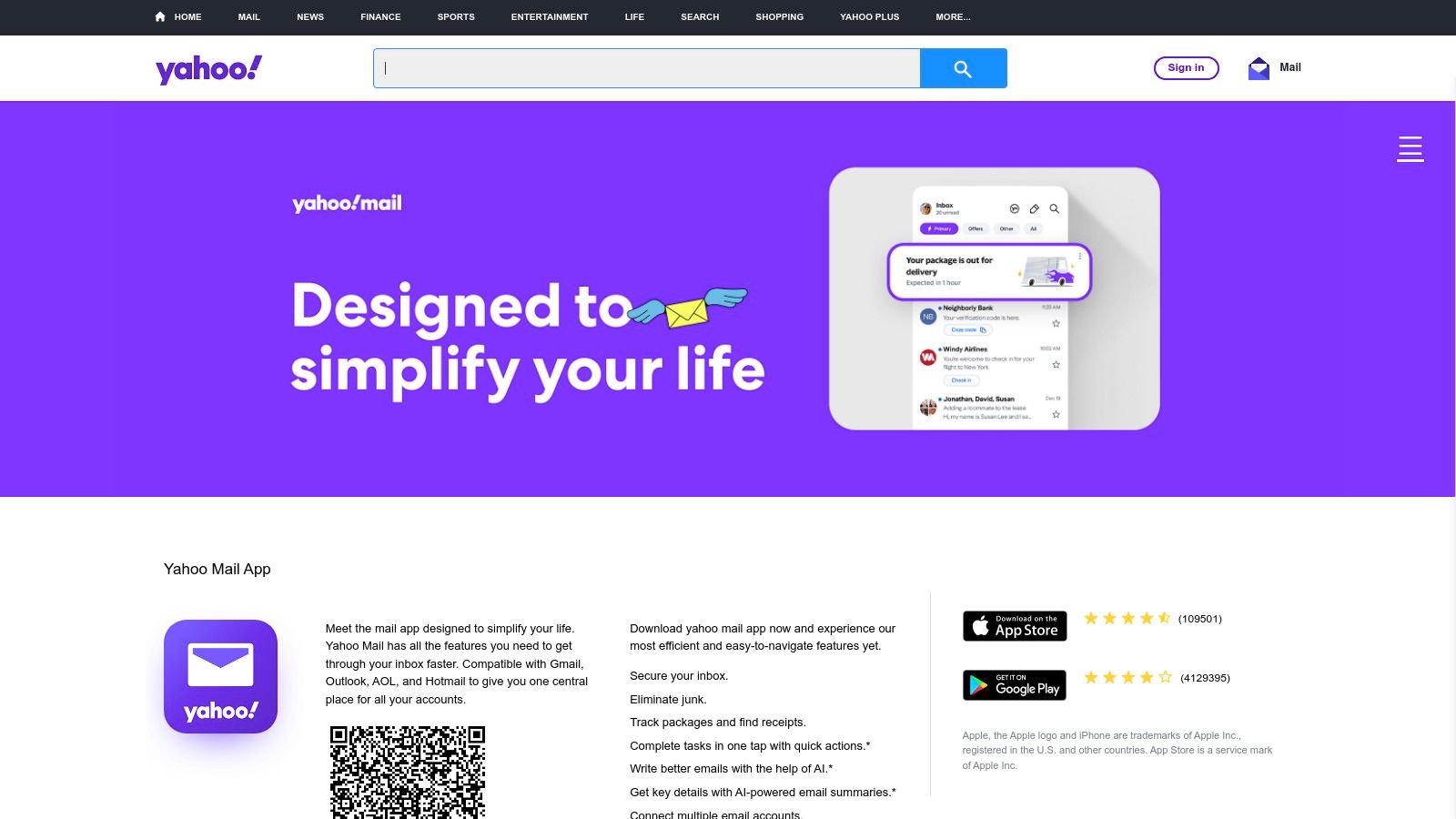A self-hosted mail server is exactly what it sounds like: a private email system that you own and operate entirely, either on your own physical hardware or a server you rent. Instead of relying on a big-name provider like a hosted email platform, you are in complete control of the whole setup. This gives you the final word on how your data is handled, what your email security looks like, and how your emails get from A to B.
Why Host Your Own Mail Server
Let's be honest, setting up your own mail server isn't for everyone. It's a conscious decision, often driven by a desire to take back control over your email privacy in an era where our personal data feels anything but private.
Think of it this way: using a hosted email platform like Gmail or Outlook is like renting an apartment. You live there, but the landlord—the provider—ultimately sets the rules. They can look at your mail to sell ads, and they can change the lease terms whenever they want. Their business model often depends on making money from your information.
A self-hosted mail server completely changes that relationship. You're not renting anymore; you're building your own house on your own land. You control who has the key, and you decide what happens inside. For many, that level of autonomy and enhanced email security is the main reason to make the switch.
Reclaiming Your Email Privacy and Security
When you get right down to it, the biggest reasons to self-host are email privacy and email security. Once you're running the show, your private communications stop being a commodity for hosted email platforms to exploit.
- No Data Mining: Your emails aren't being scanned to build an advertising profile on you or sold off to data brokers. Your private conversations stay private.
- Total Control Over Security: You get to call the shots on email security. You choose the encryption methods, you set up the firewalls, and you aren't stuck with a one-size-fits-all approach from a massive corporation.
- Data Sovereignty: You decide where in the world your data physically resides. This is a huge deal for anyone needing to comply with regulations like GDPR or for businesses that simply want to keep their information within their own country's borders, away from the servers of a foreign-based hosted email platform.
By managing your own server, you cut out the middleman and become the sole protector of your digital mail. This direct control is your best defense against data breaches caused by a third party's mistake or prying eyes.
At the end of the day, choosing to run a self-hosted mail server is a commitment. It means taking full responsibility for one of your most important communication tools, all in the name of a level of email security and privacy that hosted email platforms simply can't promise.
How Your Email Server Actually Works
Ever hit 'send' on an email and wondered what happens next? It feels instantaneous, but behind the scenes, your message takes a lightning-fast trip through a digital postal system. Grasping this journey is key to understanding how a self hosted mail server gives you direct control over your own email security and privacy.
Think of it like owning and operating your own personal post office. Every piece of the system has a specific role, and they all work together seamlessly to get your digital mail delivered safely.
The whole process starts the second your email client fires off the message. It immediately gets passed to the first major component of your server, which you can think of as the main mail sorting facility.
The Digital Sorting Hub
This core component is called a Mail Transfer Agent (MTA), and it's usually run by software like Postfix or Exim. The MTA acts like the central sorting hub of a national postal service. Its main job is to read the recipient's address (the part after the '@' symbol) and figure out where in the world it needs to go. It consults the internet's address book, the DNS, to find the right path and then sends the email on its way.
When your email arrives at the destination server, the MTA on that end takes over. This is a huge email security checkpoint. A properly configured MTA inspects incoming mail, checks the sender's reputation, and filters out a ton of spam and malicious junk before it ever gets near a real inbox. With a hosted email platform, someone else sets these rules; with your own server, you do.
Local Delivery and Mailbox Access
Once the recipient's MTA accepts the message, it passes it off to a Mail Delivery Agent (MDA). If the MTA is the city's main post office, the MDA is the local mail carrier who knows every single street and house on their route. Software like Dovecot often handles this job, taking each email and placing it securely into the correct user's mailbox on the server.
Finally, you need a way to actually check your mail. That’s where a webmail client like Roundcube or a desktop app comes in. It's the key to your personal PO box. When you log in, it talks to the server to pull the messages from the mailbox where the MDA left them. We break down the different ways it does this in our guide to SMTP vs POP3 and which is right for you.
This infographic really helps visualize the core idea of taking ownership of your own email infrastructure.
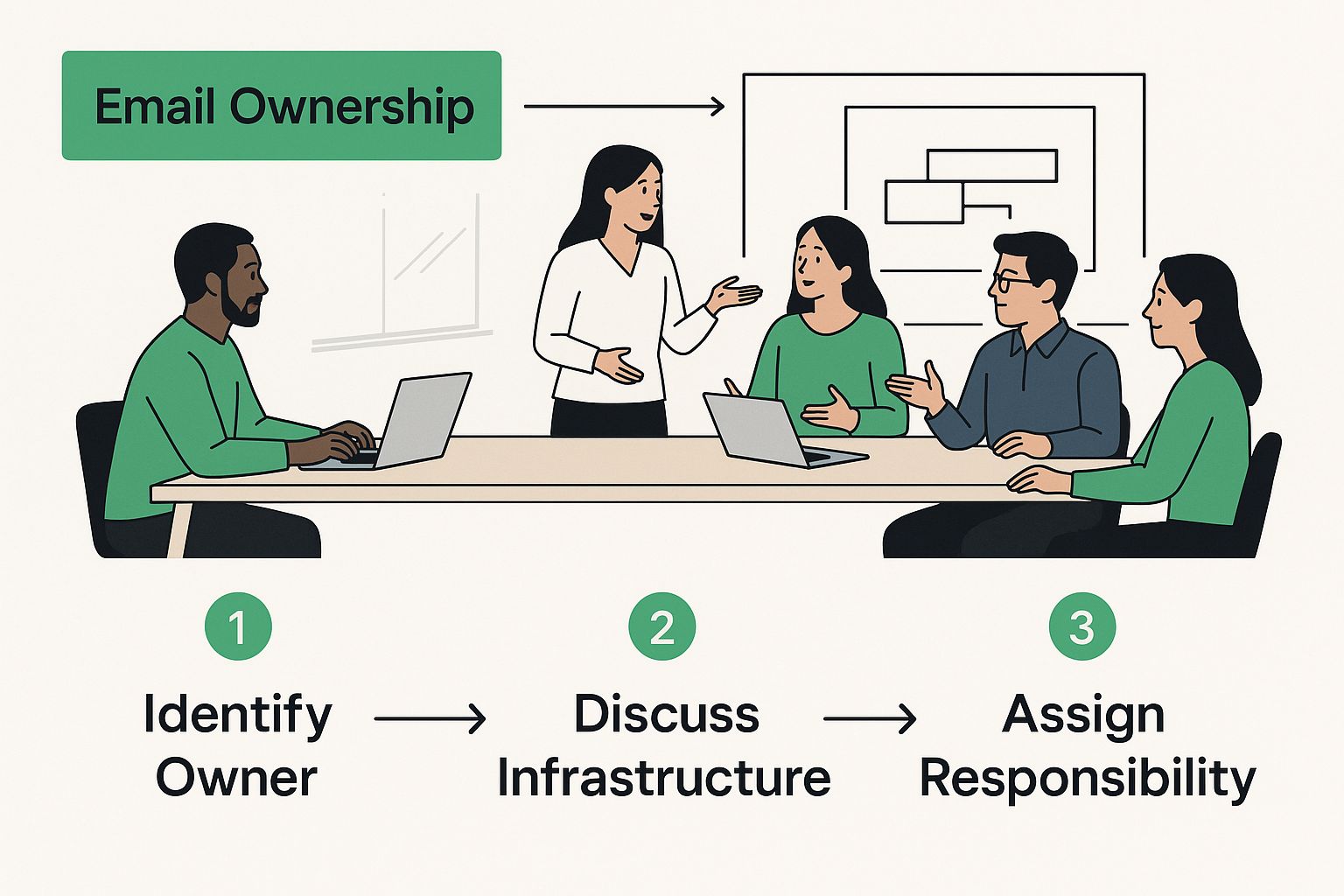
By managing every step of this journey yourself—from sending and routing to final delivery—you get total authority over how your email works and its security.
Self-Hosted vs. Hosted Email: Which Path Is Right for You?
Deciding between running your own mail server and using a hosted email platform is a lot like choosing to build a custom house versus renting a high-end apartment. There's no single right answer—it all comes down to what you value most: total control over email privacy and security, or total convenience.
A hosted email platform like Google Workspace or Microsoft 365 is the apartment model. It's ready to go from day one. Someone else worries about the plumbing, security, and maintenance. You just pay your rent, and it works. But, you're living under the landlord's rules, which might include them scanning your mail for advertising data, compromising your email privacy. Your information sits on their servers, governed by their policies.
Then there's the self-hosted mail server—the custom-built house. It’s a huge undertaking that demands technical know-how, a serious time commitment, and constant upkeep. You’re the architect, the builder, and the security chief all rolled into one. It’s a massive responsibility, but the payoff is absolute freedom, email privacy, and stronger email security.
Ownership vs. Convenience
The heart of the matter is ownership. When you self-host, you own the whole stack: the hardware, the software, and most critically, your data. This is a huge reason why so many businesses and privacy-conscious users are making the switch. They want complete sovereignty over their sensitive information, whether for regulatory compliance or peace of mind—something a managed, hosted email platform can't fully guarantee. You can read more about this growing trend at EmailExpert.com.
This freedom also means you get to pick your own tools. For instance, you can use any email client you like. For Mac users, an article on the best mail apps for Mac can point you to some great options, free from the nudges a hosted provider might give you toward their own ecosystem.
A self-hosted server puts you in charge of your digital destiny. You control the hardware, the software, and every byte of data, ensuring no third party can access or monetize your private conversations without your consent.
The Security Responsibility
Email security is where this comparison gets tricky. It’s a real double-edged sword.
Hosted email platforms have a massive advantage here. They pour millions into their security infrastructure and have entire teams of experts dedicated to fending off threats. They manage spam filtering, patch servers, and handle threat detection on a scale that’s nearly impossible for one person or a small team to match.
With a self-hosted server, email security is 100% on you. You have to configure the firewall, set up and renew SSL/TLS certificates, stay on top of every software patch, and constantly watch for attacks. One little mistake can leave your entire system wide open. The flip side? You can implement security protocols that are far more stringent and specialized than any off-the-shelf service, creating a truly private communication fortress. Ultimately, the email security is exactly as strong as you make it.
Self-Hosted vs. Hosted Email: A Head-to-Head Comparison
To make the choice clearer, let’s break down the key differences side-by-side. Think of this as the spec sheet for your "apartment rental" from a hosted email platform versus your "custom home build."
| Feature | Self-Hosted Mail Server | Hosted Email Platform (e.g., Google Workspace) |
|---|---|---|
| Control | Absolute. You control hardware, software, and data policies. | Limited. You operate within the provider's ecosystem and rules. |
| Privacy | Maximum. No third-party access or data scanning for ads. | Varies. Data is often scanned for features or advertising. |
| Cost | High initial setup (hardware/software), lower ongoing costs. | Predictable monthly/annual subscription fees. |
| Technical Skill | High. Requires expertise in server admin, security, and networking. | Minimal. Designed for ease of use with no technical skill needed. |
| Maintenance | Entirely your responsibility—updates, patches, backups, and security. | Handled by the provider. It's their job to keep things running. |
| Customization | Unlimited. Tailor every aspect to your specific needs. | Limited to what the provider's platform allows. |
| Security | Your responsibility. Can be stronger or weaker depending on your setup. | Handled by dedicated security teams with robust infrastructure. |
| Deliverability | Challenging. You must build and maintain a good sender reputation. | Generally high. They manage IP reputation for all users. |
Ultimately, the table highlights a clear trade-off. Self-hosting offers unparalleled control over email privacy and security but demands significant expertise and effort. Hosted email platforms provide a simple, reliable, and secure solution right out of the box, but at the cost of control and true data ownership.
Achieving True Email Security and Privacy
When you run your own mail server, you're doing more than just managing technology. You’re making a deliberate choice about email security and email privacy. Let's face it, most hosted email platforms see your data as a commodity. They scan it for advertising, analyze it for trends, and are often subject to sweeping data requests from government agencies.
By self-hosting, you take that third party completely out of the equation. Your private conversations stay private. This isn't just about dodging a few targeted ads; it's about taking back control over your own digital correspondence and bolstering your email security.

This level of control means you can build a digital fortress around your email, using security measures that fit your specific needs. You're no longer stuck with a one-size-fits-all solution and can implement powerful protections that go far beyond what standard hosted email platforms offer.
Taking Control of Your Digital Defenses
With your own server, you are the one in charge of email security. This is a big responsibility, but it also gives you the power to enforce a much higher standard of protection. You can put specific, robust security measures in place that are often limited or just not available on hosted email platforms.
Here are a few of the powerful tools at your disposal:
- Custom Firewall Rules: You can set up your firewall to block traffic from entire regions or known malicious IP addresses. It’s a first line of defense that you can tune perfectly to your situation.
- Granular Spam Filtering: Forget basic spam folders. With tools like SpamAssassin, you can fine-tune filtering rules, adjust sensitivity scores, and build your own blocklists for pinpoint control over what hits your inbox.
- Forced Encryption: You can configure your server to flat-out refuse any connection that isn't using strong TLS encryption. This ensures your data is protected from prying eyes, both while it's traveling the internet and while it's sitting on your server.
The biggest security win with a self-hosted mail server is the complete removal of third-party risk. Your data can't be exposed by a breach at another company.
Building a truly secure system takes effort, no doubt. For anyone ready to roll up their sleeves, our secure email server guide lays out the practical steps for creating a bulletproof email setup from scratch. This hands-on approach is really the only way to get true end-to-end email security.
Understanding Data Sovereignty
There's a really important concept in digital privacy called data sovereignty. It’s the idea that your digital information is governed by the laws of the country where it’s physically stored. If you use a big hosted email platform, your emails could be sitting on a server in a country with flimsy privacy laws, leaving them wide open to foreign government snooping.
A self-hosted server gives you the ultimate say in where your data lives, a crucial aspect of email privacy. You can set up your server in a jurisdiction with strong data protection laws, like Switzerland or Germany, putting your communications under the protection of robust legal frameworks like the GDPR. For anyone truly serious about email privacy, this control over physical location is a game-changer.
Navigating the Challenges of Self Hosting
While the idea of a self hosted mail server sounds great for email privacy and security, let's be honest: it's a serious commitment. This isn't a "set it and forget it" kind of project. You're signing up for a hands-on role that demands constant technical attention and a sharp eye for security.
Basically, you become the system administrator. That means you're on the hook for everything—the initial server setup, configuring all the software, and, most importantly, keeping up with every single security patch and update. It’s a demanding job that’s crucial for keeping your email system secure and running without a hitch.
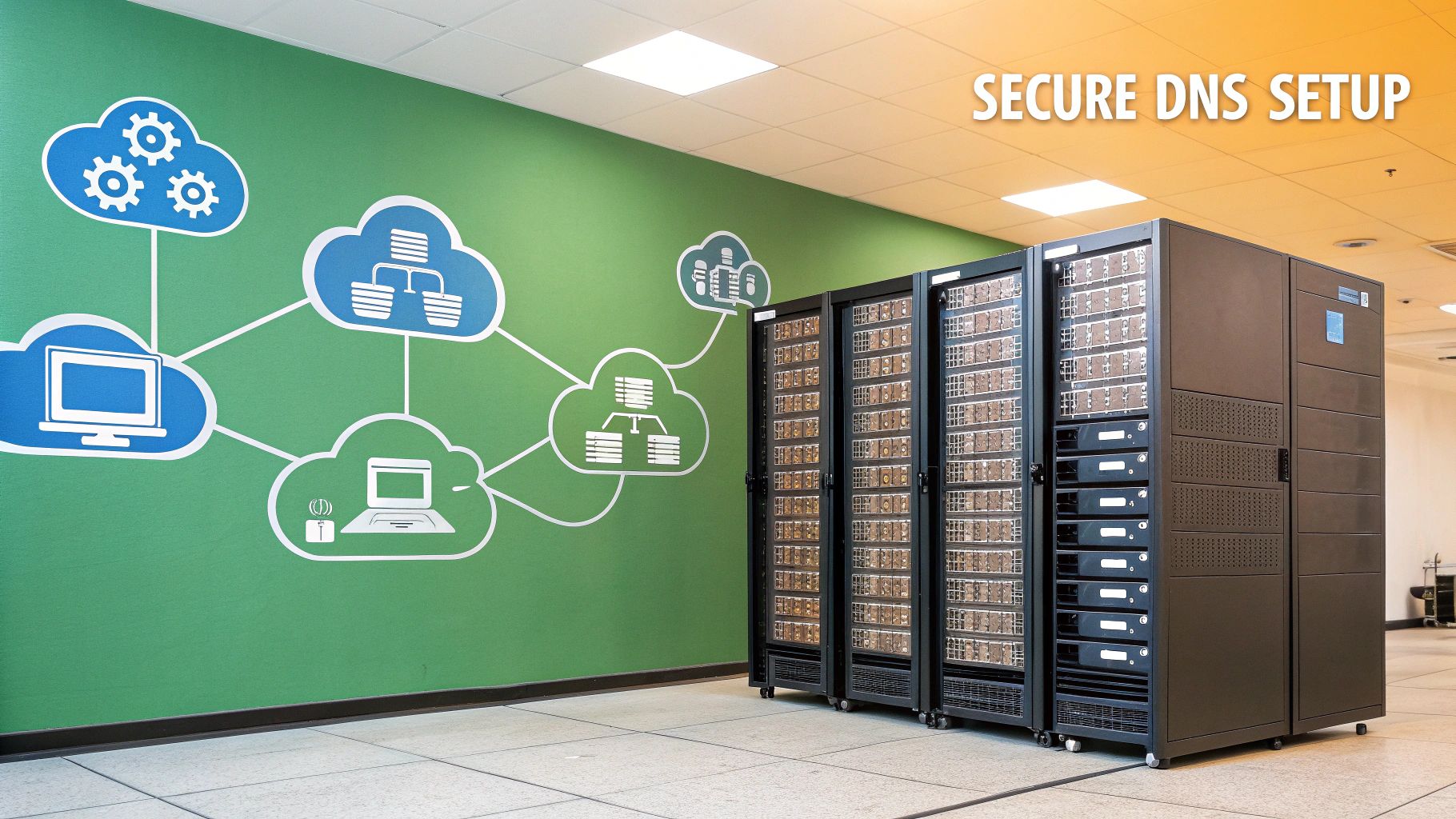
Even with these hurdles, more people are choosing this route. The drive for better data privacy is pushing the market for self-hosted email platforms to grow at a compound annual rate of about 9.5%. By 2031, it's expected to be a $2.5 billion industry. This trend shows a real desire for businesses and individuals to move away from third-party hosted email platforms. You can discover more insights about this market expansion on OpenPR.
The Critical Hurdle of Email Deliverability
If there's one mountain to climb, it's email deliverability. This is the fine art of making sure your emails actually land in someone's inbox instead of getting junked. When you use a big hosted email platform like Gmail or Outlook, you're riding on the coattails of their pristine, high-reputation IP addresses. When you go it alone, you’re starting from scratch.
You have to build your server's reputation from the ground up, and then you have to guard it with your life. ISPs and email providers are always on the lookout for spam, and a brand-new, unknown mail server from an unfamiliar IP address is a huge red flag. One wrong move, and you could find your IP address on a blacklist, which pretty much shuts down your ability to send email.
Success in self-hosting hinges on your ability to prove you're a legitimate sender. This means mastering the technical protocols that build trust with other mail servers around the world.
Mastering Authentication and IP Reputation
To stay out of the spam folder, you absolutely must get your DNS records configured correctly. Think of these as your server's passport and ID—they prove your emails are legitimate and not fakes sent by a spammer, a cornerstone of email security.
- SPF (Sender Policy Framework): This record is a public list of the IP addresses that are officially allowed to send emails from your domain.
- DKIM (DomainKeys Identified Mail): This adds a tamper-proof digital signature to your emails, so the receiving server can confirm nothing was altered in transit.
- DMARC (Domain-based Message Authentication, Reporting & Conformance): This ties SPF and DKIM together, telling other servers what to do if an email fails those checks. It’s an essential layer of defense against spoofing.
There's no way around it—getting these settings perfect is a must for anyone serious about running their own mail server. For a step-by-step guide, check out our post on how to authenticate email with a real-world setup. And once you have the tech side down, you can dive deeper into mastering email deliverability strategies to make sure your messages always hit their mark.
Frequently Asked Questions About Self-Hosted Mail Servers
Jumping into self-hosting your own email always stirs up a lot of questions. It's completely normal to wonder about the real costs, the technical skills you'll need, and the ever-present challenge of keeping your emails out of the spam folder. Let's break down these common concerns with some straight-to-the-point answers.
We'll clear up some of the biggest questions people have when they're weighing the pros and cons of running their own server versus sticking with a popular hosted email platform.
Is a Self-Hosted Mail Server Really Cheaper Than Hosted Email?
That’s the million-dollar question, isn't it? At first glance, it's a mixed bag. You're swapping out those predictable monthly fees from hosted email platforms for the upfront cost of a Virtual Private Server (VPS) or your own physical hardware.
But the real savings start to show up over the long haul, especially as your team grows. Instead of paying a fee for every single user—a cost that can quickly spiral—your expenses stay pretty much the same.
Of course, you have to factor in the "cost" of your own time for setup, maintenance, and the inevitable troubleshooting. If you already have the tech skills, the financial upside after a few years can be substantial. For many, escaping the escalating subscription costs of hosted email platforms like Google Workspace and Microsoft 365 is the biggest win. Some small businesses have even found they can cut costs by up to $199 per 10,000 emails compared to a SaaS provider.
What Technical Skills Do I Absolutely Need to Manage My Own Server?
Let's be clear: this isn't a beginner's weekend project. Running your own mail server requires a respectable background in server administration, networking, and email security. You need to be comfortable in a command-line environment, know your way around configuration files, and be disciplined about applying system updates to patch security holes.
A working knowledge of email protocols like SMTP and IMAP is non-negotiable. From day one, you're the one in charge of putting crucial email security measures in place, including:
- Firewall Configuration: You'll be setting up and tweaking rules to keep malicious traffic out.
- SSL/TLS Certificates: It’s on you to make sure all email communication is properly encrypted.
- DNS Security Records: You have to correctly implement SPF, DKIM, and DMARC to prove you are who you say you are.
Even though modern software has made the setup process easier than it used to be, you are the system administrator. The buck stops with you for security, uptime, and fixing things when they break. It’s an active, ongoing commitment.
How Do I Keep My Self-Hosted Emails from Landing in Spam?
This is, without a doubt, the biggest ongoing headache for anyone running their own mail server. Getting your emails delivered successfully really comes down to three things: a perfect server configuration, a spotless IP reputation, and properly authenticated DNS records. You have to get your SPF, DKIM, and DMARC records set up just right, proving to the world that your emails are legitimate and not faked.
Protecting your IP reputation is everything. That means never, ever sending unsolicited email and keeping a close eye on your bounce rates. One wrong move can get your IP address blacklisted by the big hosted email platforms, making it nearly impossible to reach anyone's inbox.
Because this is so tricky, a lot of people who self-host end up using a hybrid approach. They'll run their own server for incoming mail to maintain control and email privacy, but use a third-party SMTP relay service for all outgoing messages. This way, they get the benefit of the relay service's trusted, high-reputation servers, which dramatically improves deliverability while they still manage their own inbox.
Ready to take full control of your email with uncompromising privacy and security? Typewire offers a secure, private email hosting platform built on our own infrastructure in Vancouver. We provide an ad-free, no-tracking environment where you own your data. Start your 7-day free trial today and experience email as it should be. Learn more at Typewire.com.



